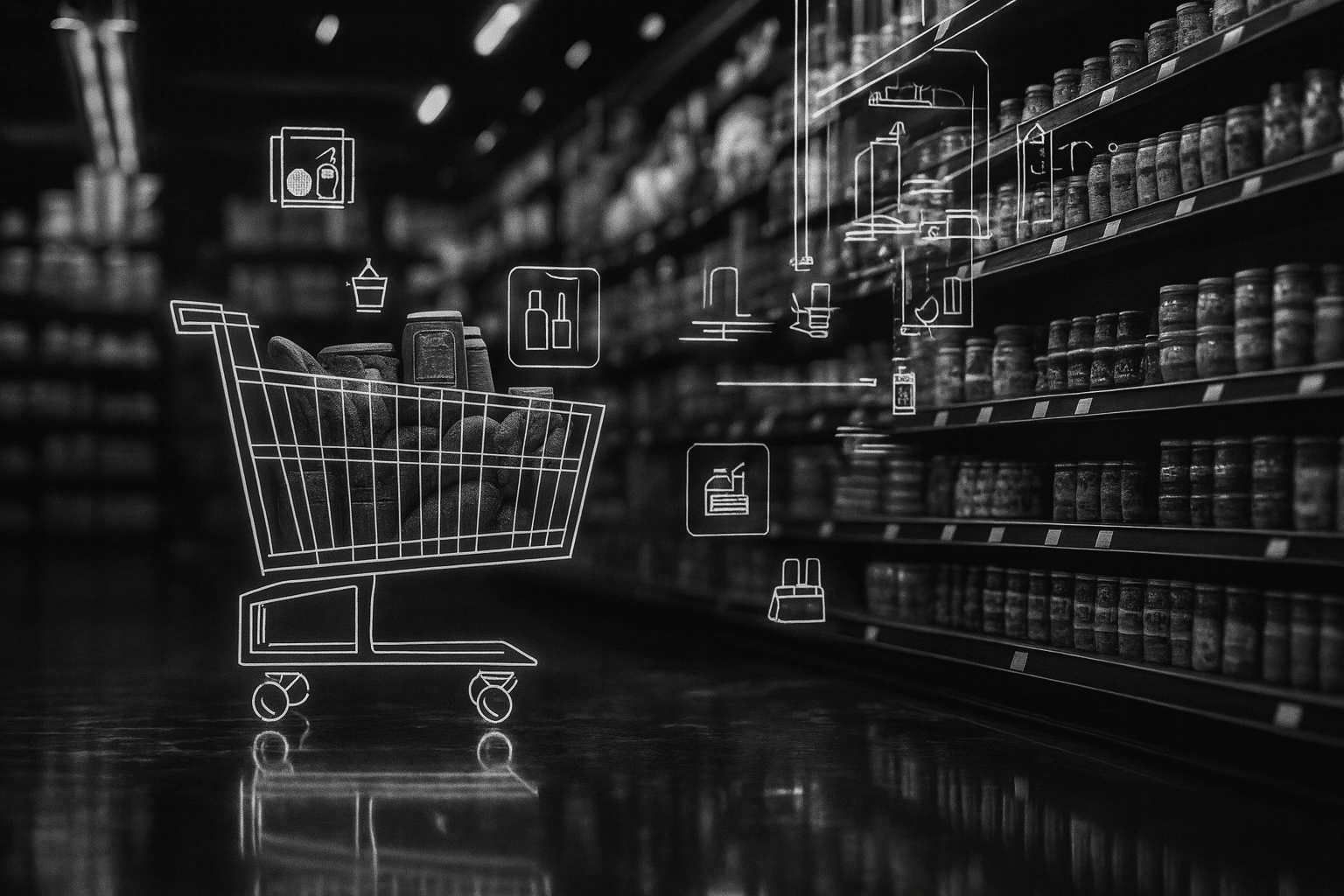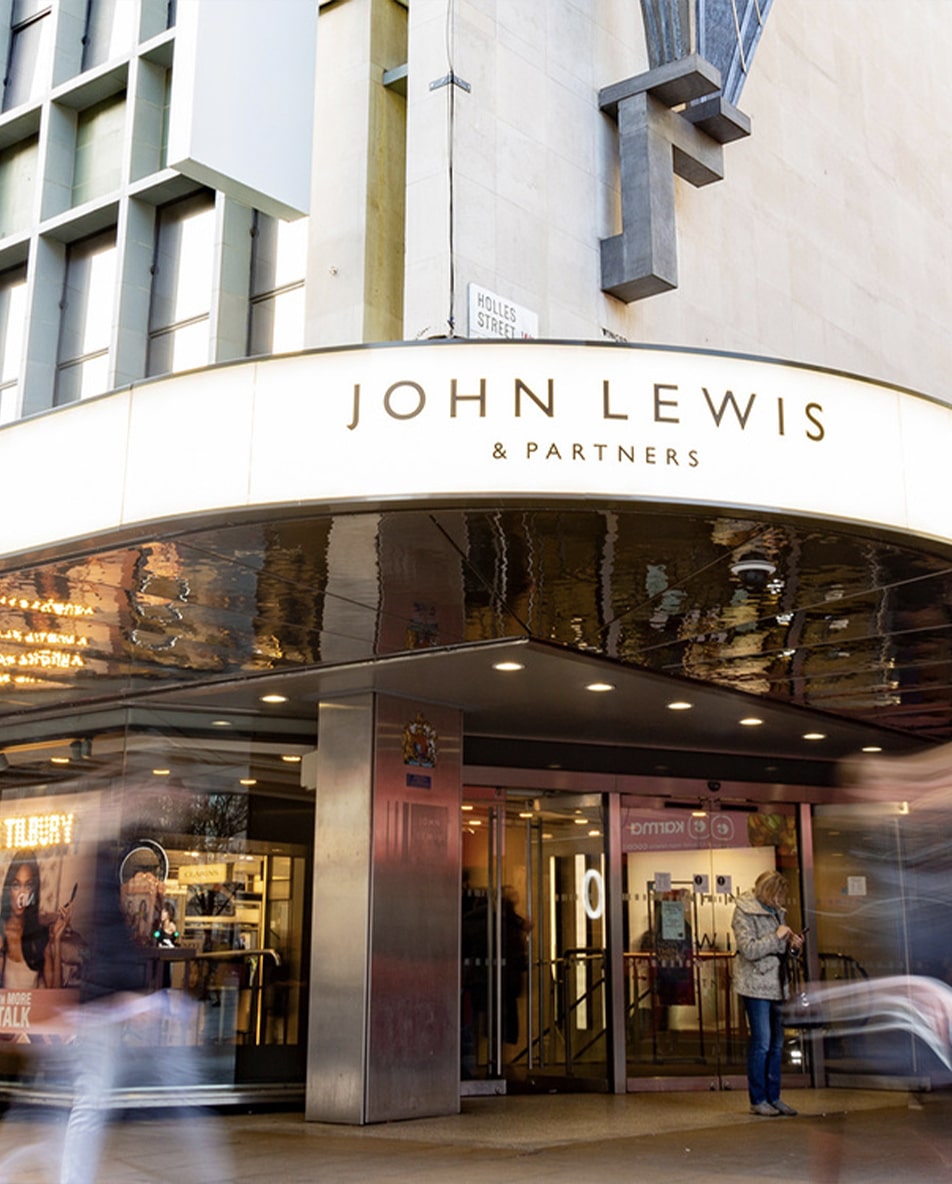The grocery and FMCG industry has spent the past decade wrestling with digital transformation — but as we head towards the end of 2025, things feel different. At Grocery Gazette Horizons, a new event dedicated to the sector’s evolving challenges, one theme dominated every session, panel, and side conversation: AI is no longer experimental. It’s operational — but unevenly so.
Across retailers, producers, and technology partners, the story was clear. Demand for AI-enabled efficiency, accuracy and personalisation is accelerating, yet legacy systems, fragmented data, and trust barriers are slowing progress. I had the opportunity to join a panel alongside leaders from Hanshow and Olio to explore where AI can deliver real commercial value today — and where retailers still need to catch up.
Below are the key insights I took from the event, and what they mean for grocery in 2026 and beyond.
1. Data fragmentation remains one of the industry’s biggest barriers
Katie Hunter, General Manager at Uber Grocery and Retail UK, highlighted a challenge everyone in the room recognised: retailers all speak different data languages. Something as simple — and critical — as allergy information varies in naming conventions, formats and structures.
When an ecosystem depends on accurate data flowing between grocers, marketplaces and logistics partners, this lack of standardisation becomes a structural blocker. AI thrives on clean, consistent inputs, and too many retailers are feeding models with data that doesn’t align.
The businesses that solve interoperability will move fastest.
2. AI is already transforming in-store efficiency
Trigo’s approach to autonomous stores stood out for its pragmatism. Rather than reinvent infrastructure, they’re able to use existing CCTV to build a digital twin of every aisle. This allows them to:
- Detect theft in real time — with “80% of items stolen in the aisle, not at checkout”
- Monitor shelf gaps and stock-outs
- Protect privacy by pixelating shoppers and in-store colleagues
AI adoption doesn’t always require moonshots — sometimes it’s about creatively re-using what’s already there.
3. Human-centred AI will win
Sarah Anderson, Global Head of Category Analytics at Mars, framed elements of their AI strategy around a simple question: “Is it going to make life easier?”
It’s a refreshing counterpoint to the tech-first rhetoric often dominating AI conversations. From store associates to supply planners, the businesses that design for augmenting humans — not replacing them — will build trust faster, scale initiatives more easily and achieve more meaningful change.
4. Forecasting needs to move beyond backwards-looking models
One of the key themes from our panel was the limitations of traditional ERPs in forecasting. They look backwards and struggle to incorporate external data such as:
- Regional events
- Weather
- Competitor activity
- Local stores’ trading patterns
Modern AI models, by contrast, operate at a far more granular level — store-by-store, SKU-by-SKU. This shift enables more dynamic pricing, smarter replenishment, and improved commercial decision-making.
5. Dynamic pricing is coming — but personalisation has limits
We explored the commercial upside of AI-driven price changes, particularly for perishables. Instead of end-of-life markdowns, gradual/phased reductions can reduce waste and improve margin.
But when it comes to personalisation, retailers must avoid what was identified as the “ick bell curve” — where helpful becomes intrusive. Customers want relevance, not creepiness; and they want to know they’re getting the best price (dynamic pricing at an individual level isn’t the silver bullet some think it is).
The trust gap is real:
- Two-thirds of shoppers have used AI chatbots for research when shopping
- But fewer than 15% trust a retailer’s own chatbot
Retailers must bridge this by being transparent, responsible and consistent.
6. The AI maturity gap is widening
Across the day, one trend kept resurfacing: while AI understanding is increasing, legacy technology is preventing many organisations from progressing at the right pace.
Some grocers are deploying digital twins, dynamic pricing engines, and operational AI today. Others are still constrained by rigid ERPs, unreliable data flows, and siloed architectures. Unless retailers accelerate modernisation, this gap will continue to grow — and the competitive consequences will become more visible.
What This Means for Retailers in 2026
1. Prioritise data quality and standardisation
Before implementing AI, ensure foundational data problems are addressed. AI amplifies both strengths and weaknesses, and although AI can assist with data standardisation, it’s important to fix the data, not obfuscate inaccuracies.
2. Modernise core systems — incrementally if needed
Modular modernisation can deliver value in the short-term without the need for wholesale ERP replacement.
3. Design AI with people, not just processes, in mind
If colleagues (at all levels of the organisation) don’t trust or understand the solution, it won’t scale.
4. Build transparency into personalisation
The line between helpful and uncomfortable is thin. Customers will reward clarity; content is key (e.g., using AI to interpret why a customer might be calling a Contact Centre, personalising the response without the need for endless keypad pressing to find the right person).
5. Start small, scale fast
Digital twins, micro-forecasting, and dynamic pricing are all tangible entry points.
Practical AI for Retail
If you’re exploring how to reduce waste, improve forecasting accuracy, or simplify store operations using AI, I’d be happy to share more from the panel discussion and dive deeper into where retailers are already seeing results.
Get in touch — let’s turn AI from a strategic ambition into a practical advantage.
About the author
Paul Sims is a Retail Technology Strategy Consultant, who joined Equal Experts earlier this year after spending the last 20+ years working for retailers across the globe, including positions as CTO at Halfords and Chief Architect at New Look, Primark, Marks & Spencer, and Argos in Shanghai.




